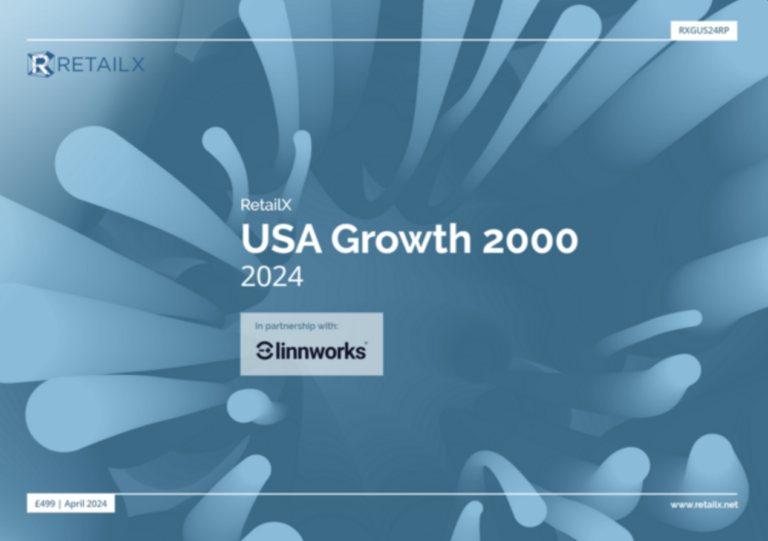With Apple Pay’s launch, the worlds of the bricks and mortar and mobile retail have been bridged, something that could net High Streets across the UK £7.8bn by the end of 2015 if consumers and retailers embrace it.
So says research commissioned by digital offers marketplace Vouchercodes.co.uk. According to its figures, 26.6% of all online sales in the UK will be carried out on mobile devices as shoppers embrace ‘shopping on-the-go’ this year.
The study, carried out in conjunction with the Centre for Retail Research (CRR), found that Brits are the biggest mobile shoppers in Europe, with m-commerce spend in the UK at £8.41 billion in 2014, and expected to grow by 169% to £22.7 billion by 2016.
Although shoppers in the UK are spending more on mobile than ever before, research shows that the mobile channel means much more to consumers than simply acting as a purchase tool. Today, 83% of British mobile users compare prices on their phone or tablet and 69% to look for offers or deals before purchasing.
But bricks and mortar stores need to do more to use mobile. It’s not only the website that consumers demand to become better adapted for mobile, but high street stores must align their strategy with the new consumer demands, such as checking availabilities/making reservations on mobile (40%) or mobile loyalty programs (40%). 43% of UK consumers said they would spend more in mobile friendly stores which could bring an additional revenue of £7.8bn pounds [1] to British high street retailers.
As the evolution of mobile continues, consumers are becoming increasingly demanding in what they expect from a retailer. Retailers need to take these expectations seriously if they are to capture the potential sales on mobile. 63% of Brits say a slow-loading site on mobile is a barrier to purchase and almost half (48%) will be put off a purchase if the screen is not mobile-responsive.
However, today, fewer than a third of retailers in the UK (31%) claim to have a mobile-friendly website, which means that retailers risk losing a huge proportion of potential sales as consumers switch off. By having a mobile-optimized website, retailers can ensure they respond to other demands from consumers, such as providing a 360 degree view of an object or information on secure payments.
Giulio Montemagno, SVP & GM International, RetailMeNot explains: “Doubling down focus and investments in mobile commerce is more important than ever for retailers: research shows that providing a great mobile experience is a highly effective way to generate customer loyalty. The development of m-commerce is not simply a technology development, but a secular change in the consumers’ consumption patterns and therefore should be a change in any retailer’s mindset.
He continues: “Mobile devices have become an ever more important part in the discovery phase of shopping and retailers who do not adapt their services risk losing out to more innovative competitors. If the biggest barrier for consumers is the unsatisfactory performance of mobile sites, this presents a huge opportunity for retailers to integrate mobile into their strategy and see mobile sales boom. Consumers already feel more confident with the idea of buying on mobile this year than they did in 2014; we must keep the momentum and continue to adapt in step with consumers, rather than simply following them.”









